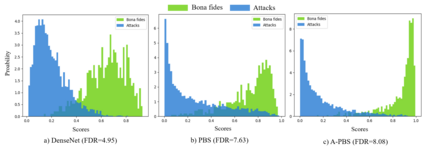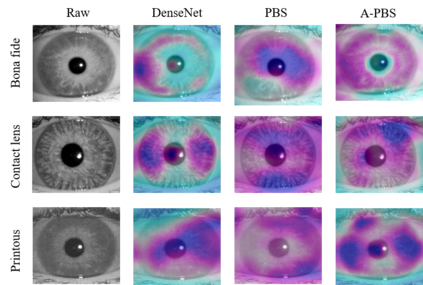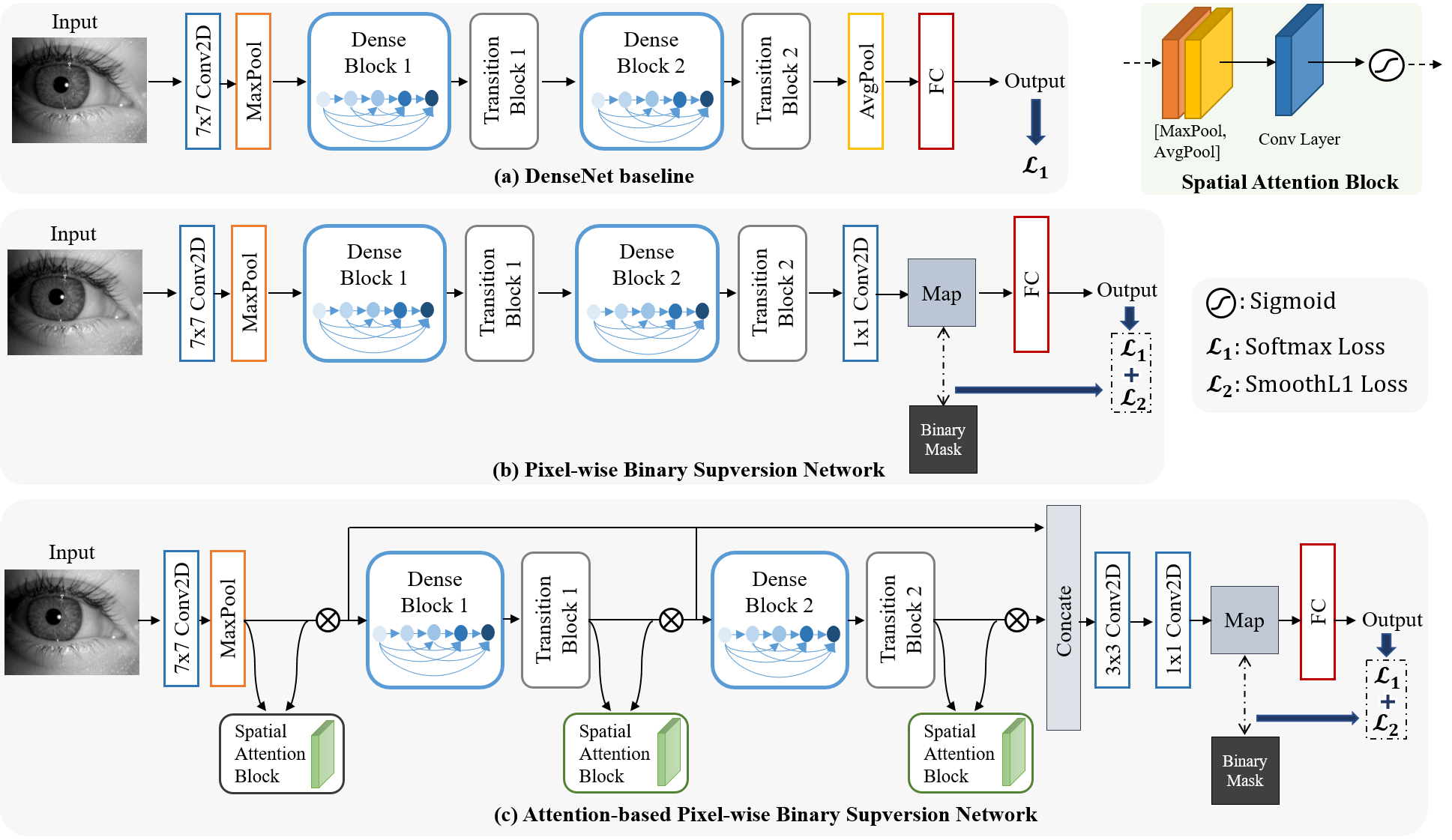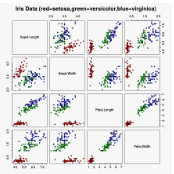Iris presentation attack detection (PAD) plays a vital role in iris recognition systems. Most existing CNN-based iris PAD solutions 1) perform only binary label supervision during the training of CNNs, serving global information learning but weakening the capture of local discriminative features, 2) prefer the stacked deeper convolutions or expert-designed networks, raising the risk of overfitting, 3) fuse multiple PAD systems or various types of features, increasing difficulty for deployment on mobile devices. Hence, we propose a novel attention-based deep pixel-wise binary supervision (A-PBS) method. Pixel-wise supervision is first able to capture the fine-grained pixel/patch-level cues. Then, the attention mechanism guides the network to automatically find regions that most contribute to an accurate PAD decision. Extensive experiments are performed on LivDet-Iris 2017 and three other publicly available databases to show the effectiveness and robustness of proposed A-PBS methods. For instance, the A-PBS model achieves an HTER of 6.50% on the IIITD-WVU database outperforming state-of-the-art methods.
翻译:Iris 演示攻击探测(PAD)在虹膜识别系统中发挥着关键作用。大多数现有的CNN 的 iris PAD 解决方案 1 仅对CNN 进行二进制标签监督,为全球信息学习服务,但削弱对当地歧视特征的捕捉;2 更喜欢堆积的更深层革命或专家设计的网络,提高过度安装的风险;3 结合多种PAD系统或各种特征,增加在移动设备上部署的难度。因此,我们提出一种新的基于关注的深像素智能二进制监督(A-PBS)方法。像素明智监督首先能够捕捉到精细的像素/配对级提示。然后,关注机制引导网络自动发现对准确的PADD决定贡献最大的区域。对LivDet-Iris 2017和其他三个公开的数据库进行了广泛的实验,以显示拟议的A-PBS 方法的有效性和稳健性。例如,A-PBS 模型在III-TD-WU数据库中实现了6.50%的动态状态方法。







